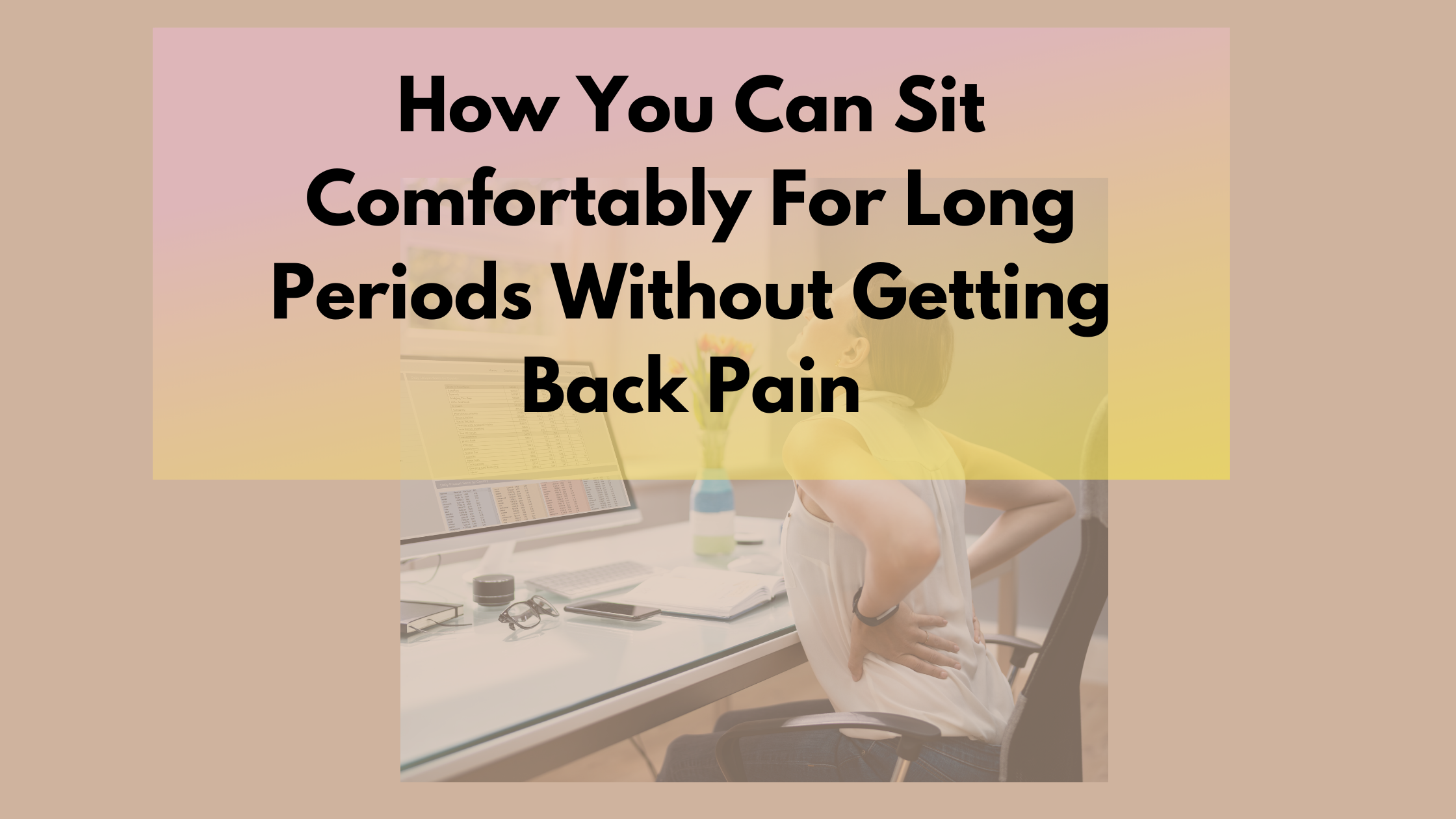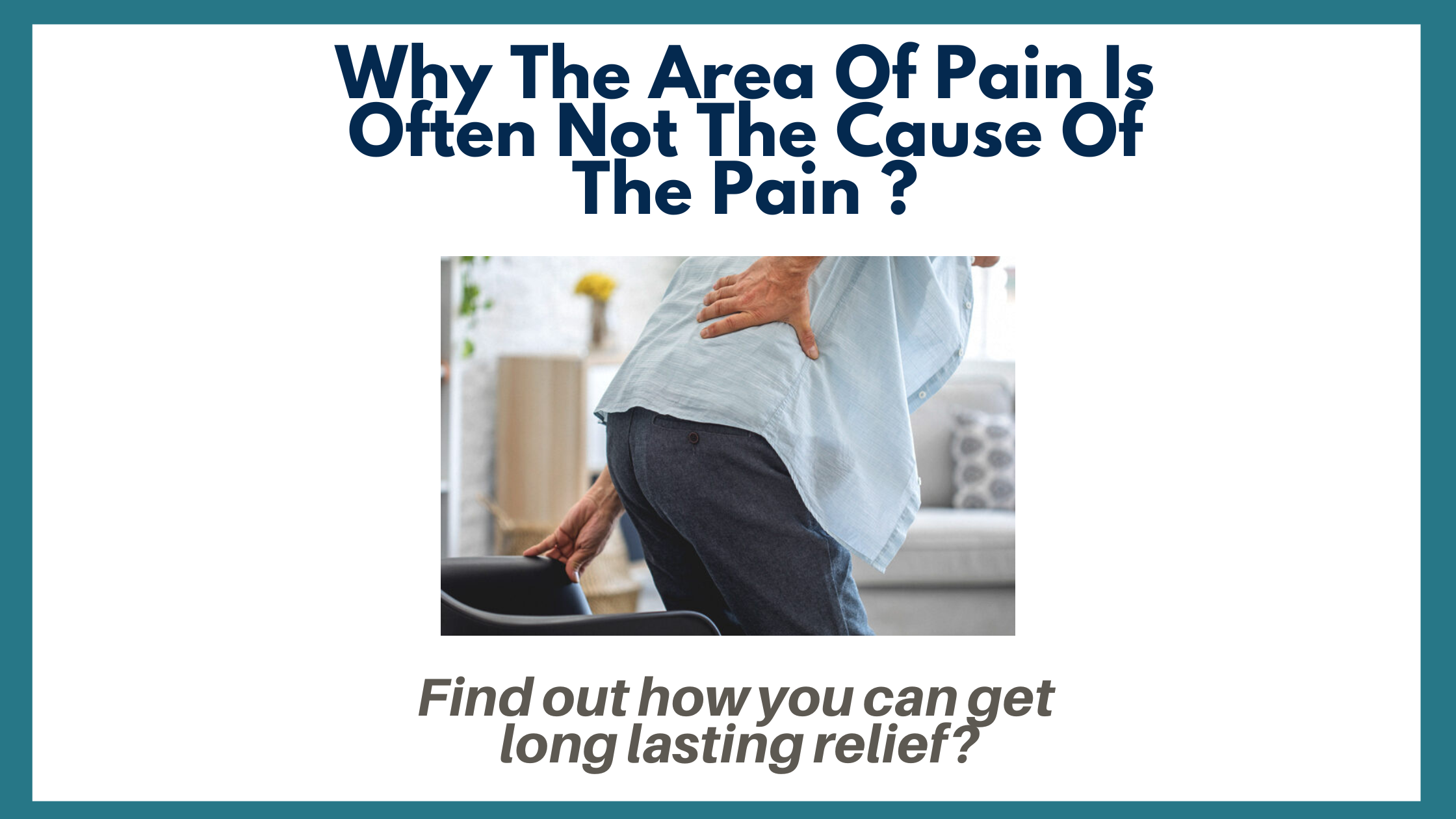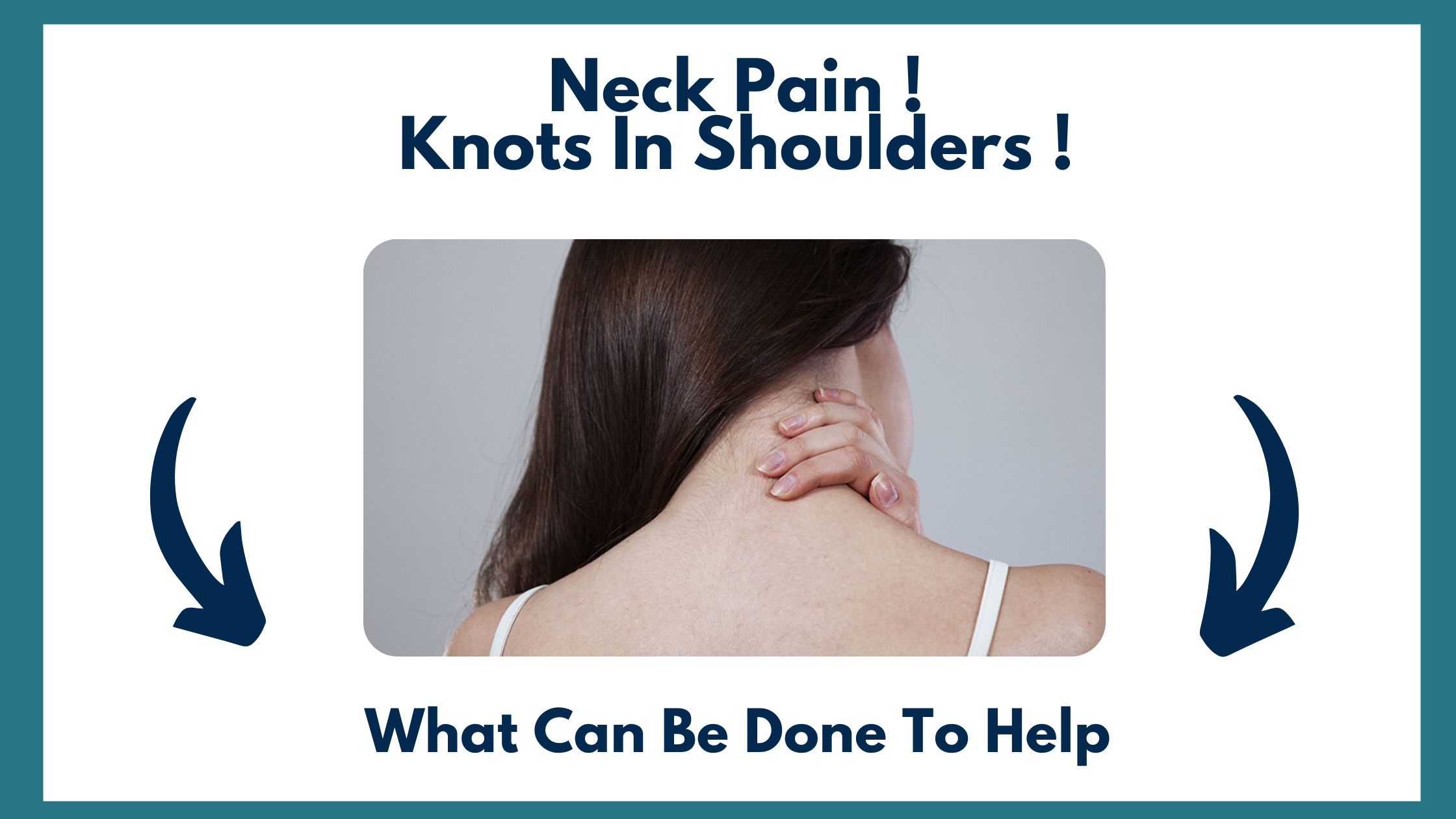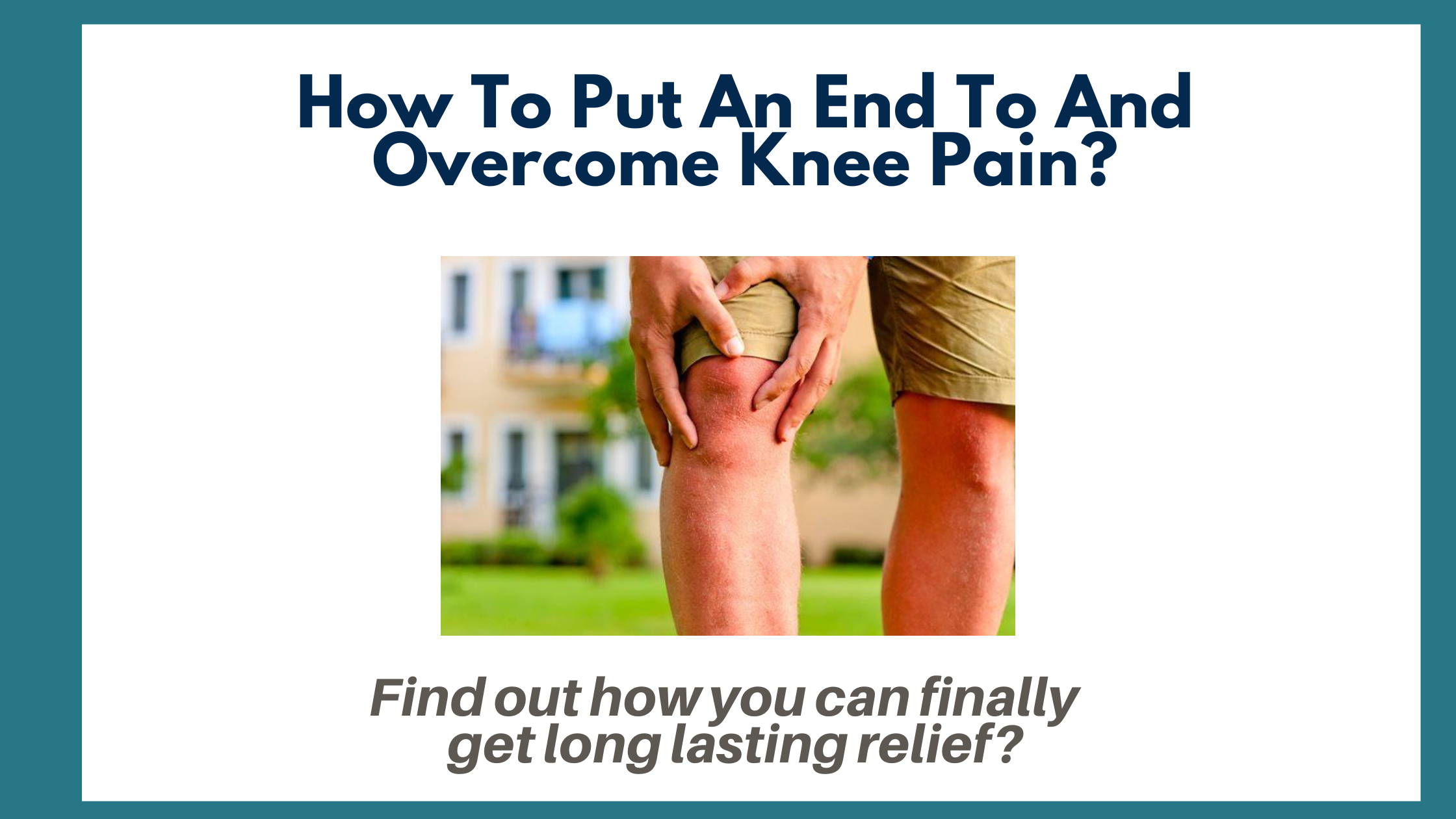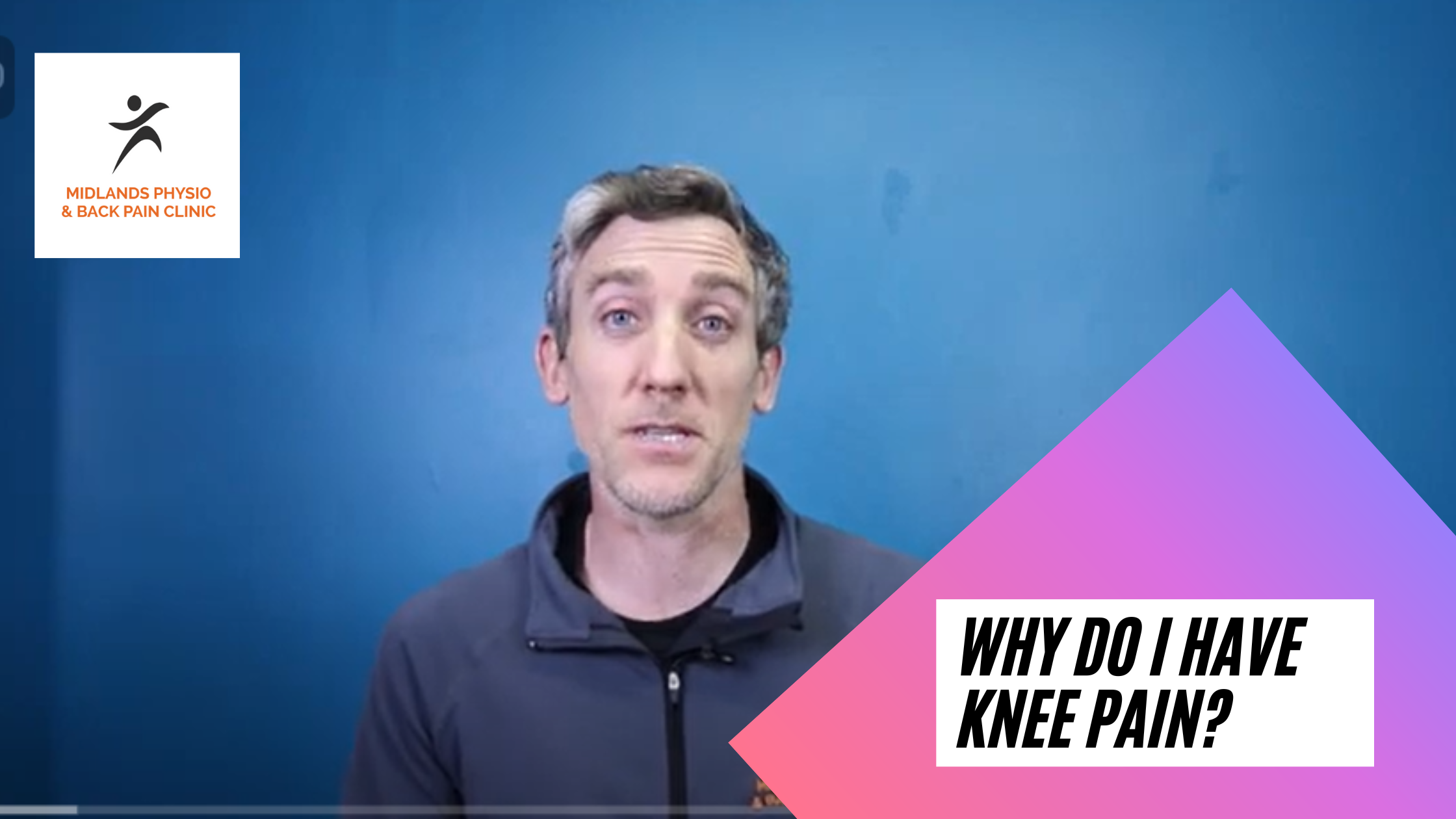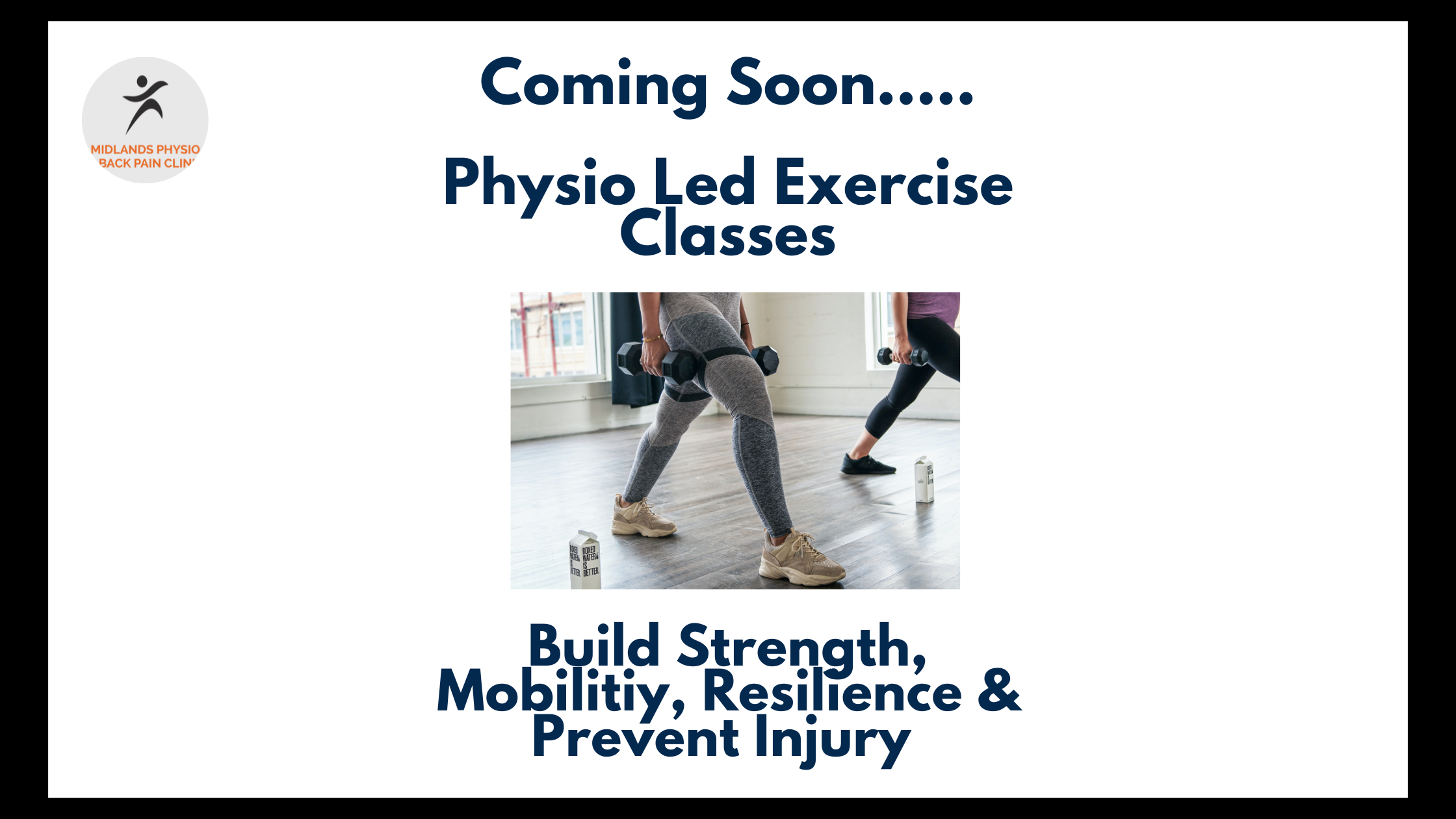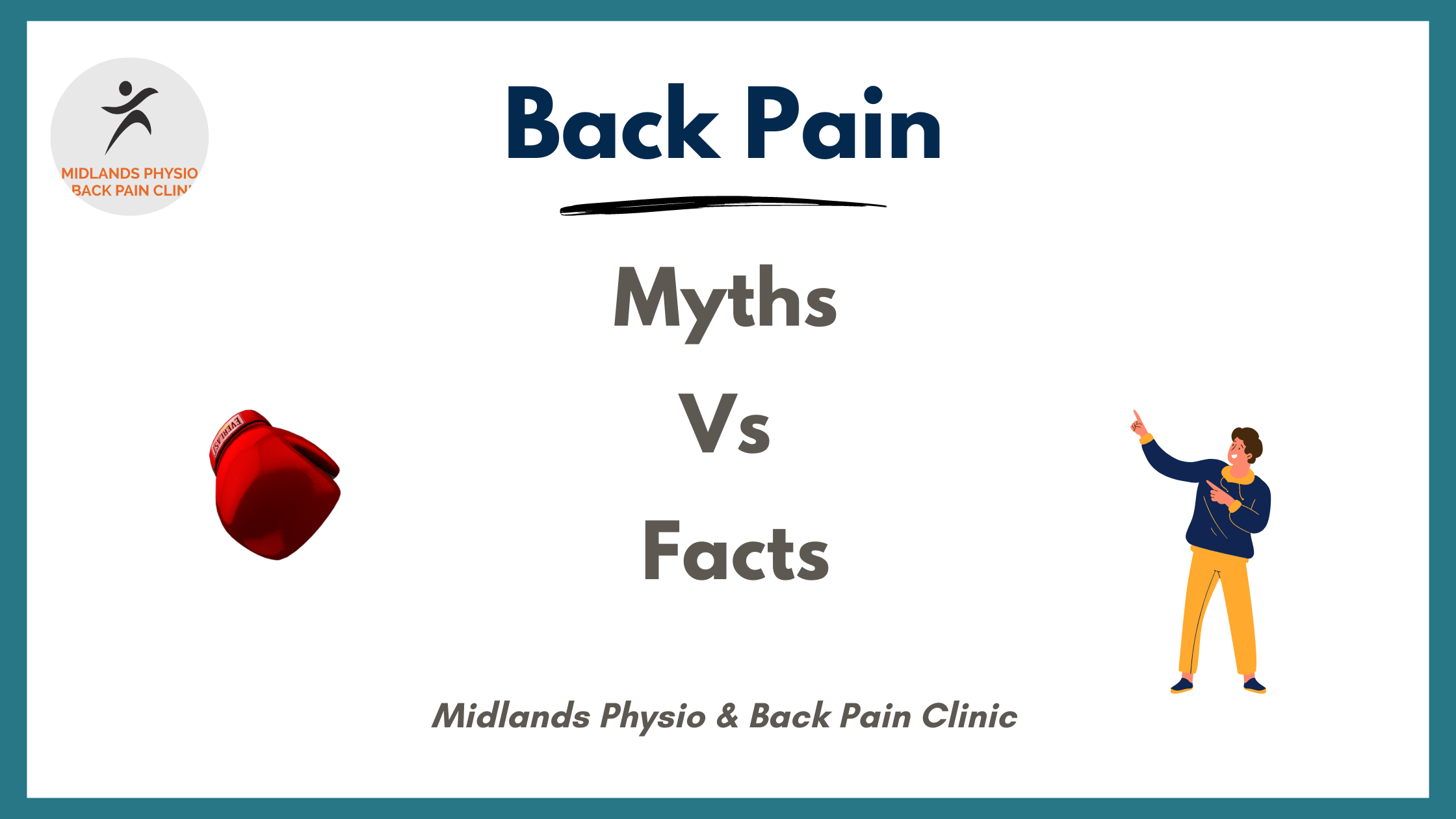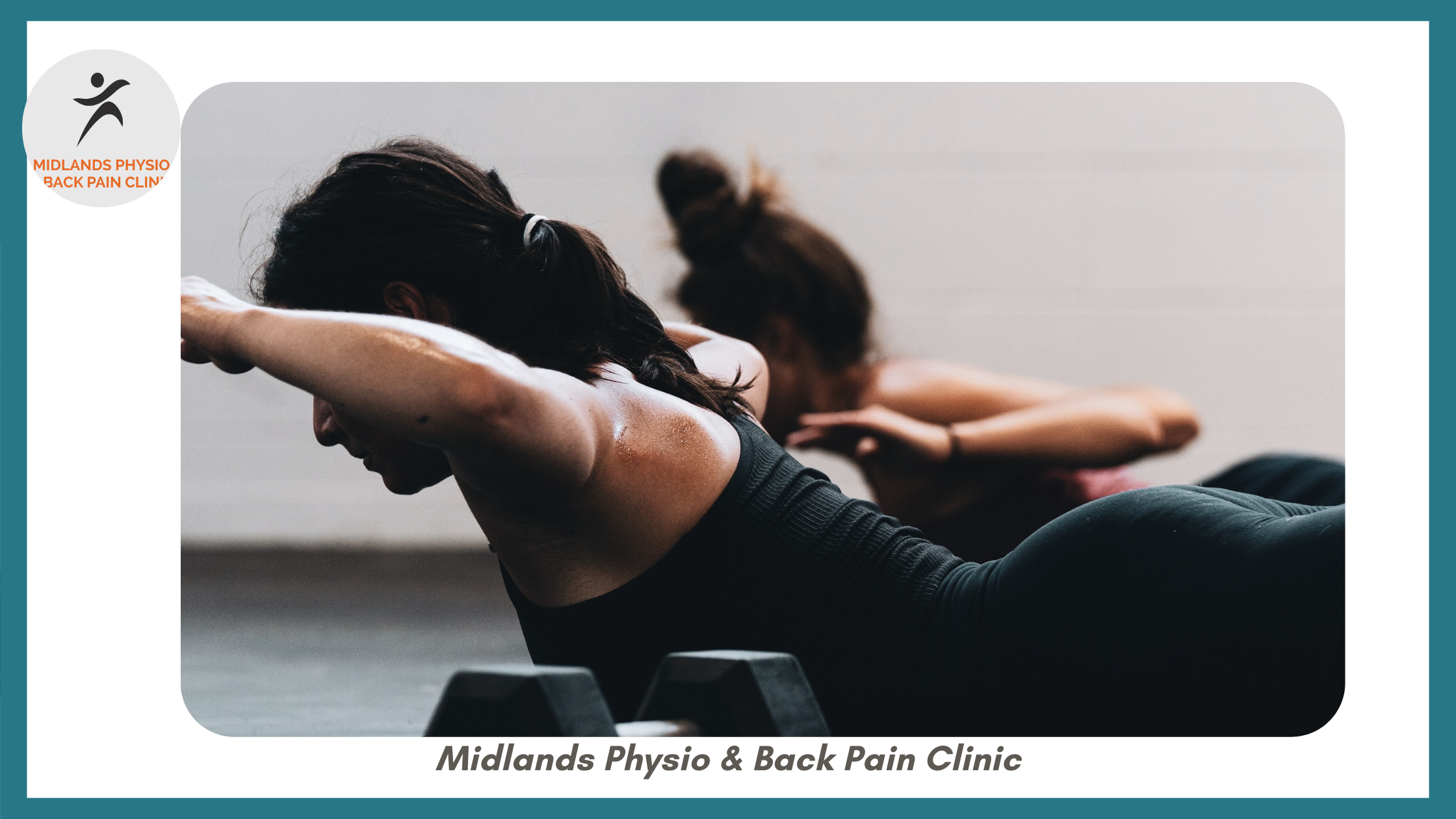Shoulders – part 1
Why do we have shoulders? Basically, we have shoulders so we can move our hands. If we couldn’t move our hands life would be very different. The shoulder is a very mobile joint with a great range of movement available, however this amount of mobility is compromised with the fact that it is not the most stable joint in the body. The ball and socket joint of the shoulder is not a great fit and the ball part of the humerus is a much larger size than the socket of the scapula. So in order for your shoulder to stay in place you need a labrum, capsule, ligaments and well functioning muscles of the rotator cuff.
(Also, shoulders do not look as simple as clear cut as the pictures you see in anatomy diagrams like the one above. The layers of tendons and ligaments merge together with the capsule and everything intertwines with each other. That is why it can be hard for patients to pin point exactly where the pain is and it can seem like it is in a broad area)
Why do we get shoulder pain?
According to studies shoulder pain is the 3rd most common musculo-skeletal complaint varying from 6% – 30%. Firstly there are a number of reasons that we can get shoulder pain that is not been caused by the shoulder. There are many structures in the body that can refer pain to the shoulder, one the main culprits been your neck. Is your shoulder been brought on or aggravated by neck movements? If so, your therapist will assess your neck to find out the cause of the pain.
There are also other organs in your body that can cause shoulder pain and these are called Red Flags. Examples of these are cardiac, pulmonary, visceral and neo- plastic conditions and infections. Your therapist will assess to see if you display of these symptoms and if you are are suitable for physical therapy treatment. Once we are happy to treat and do not think you to be refered for further examination we will class your shoulder into three groups:
Is it
- 1)Stiff and painful
- 2) Weak and painful
- 3) Unstable and painful
Stiff and painful include Frozen shoulder and Osteoarthritis (an x – ray is required to confirm)
Weak and painful include anything sub-acromial (in which there are lots of pain causing structures like bursa’s, tendons, ligaments and a labrum) or something go to do with the nerves.
Unstable and painful will be a dislocation (most often from a trauma) or subluxation, (where the shoulder pops out and in again).
Your therapist will then do some tests to differentiate between the three.
Then we will set up a plan to get you back on the road to having a better improved shoulder. This will consist of
1) Advice and education
2) Encourage movement
3) Improve strength and control
Stay tuned for part two which will run through some of the best exercises you can do to maintain a healthy shoulder and strengthen a weak one.


